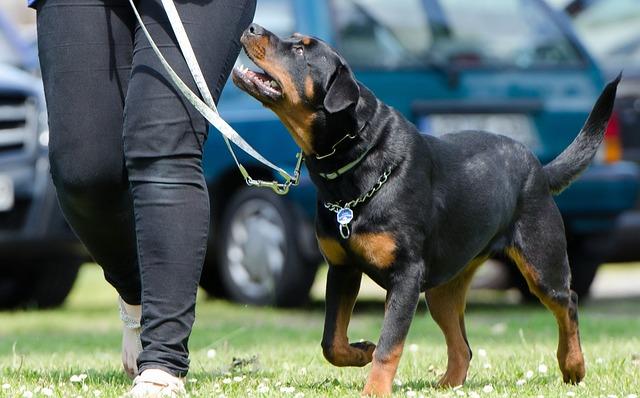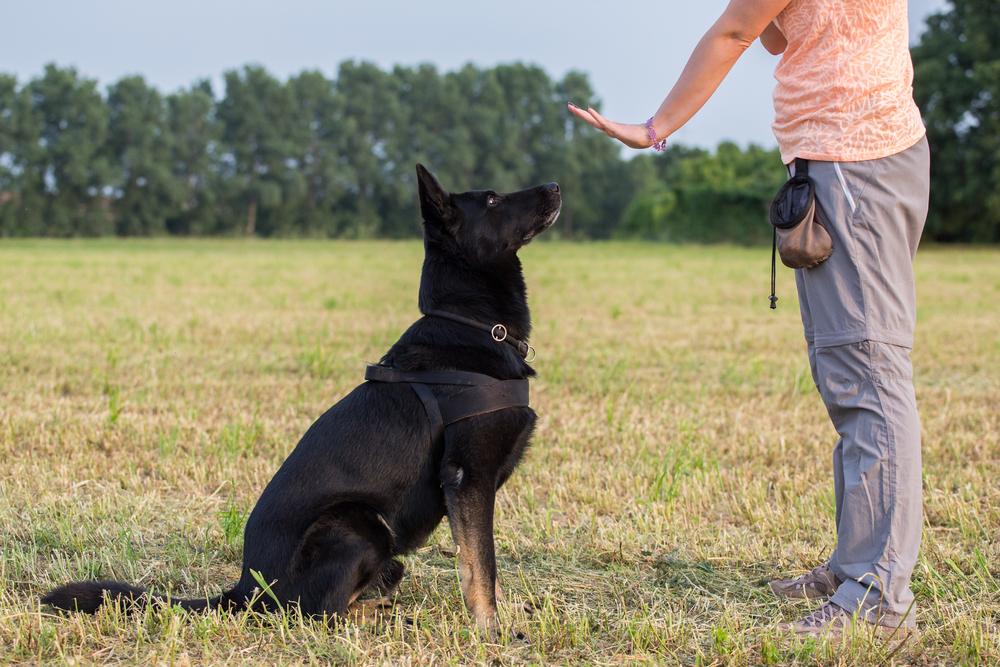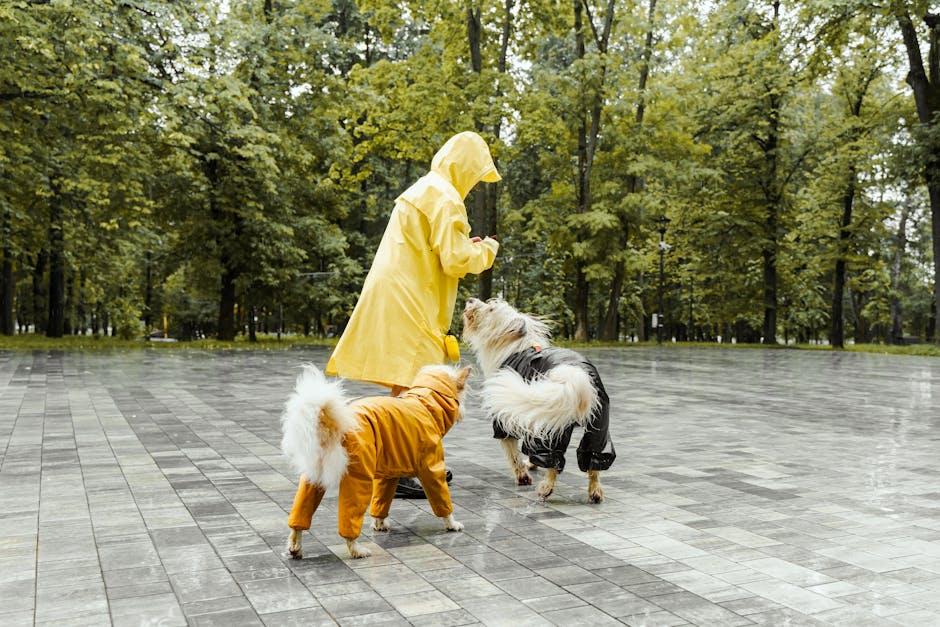Creating a training schedule for a stubborn dog can feel like an uphill battle, but with the right approach, it can become a rewarding journey for both you and your furry friend. Dogs, much like people, have unique personalities and learning styles. Some are eager to please, while others might need a little more patience and creativity to engage. If your dog falls into the latter category, don’t worry—you’re not alone, and help is at hand. In this guide, we’ll explore effective strategies to develop a training schedule tailored specifically for stubborn dogs. With a combination of consistency, positivity, and a dash of creativity, you’ll transform training sessions into a fun and productive experience that strengthens the bond between you and your pet. Let’s embark on this journey together, turning challenges into opportunities for growth and connection.
Understanding Your Dog’s Unique Needs
Every dog is unique, and understanding their specific needs is crucial, especially when it comes to training. Stubborn dogs, in particular, require a more tailored approach. Here are some tips to consider:
- Patience is Key: Stubborn dogs often need extra time to grasp new commands. Avoid rushing the process and give them the space they need to learn at their own pace.
- Consistent Routine: Dogs thrive on routine, and a consistent training schedule can help them understand what is expected. Stick to the same time and place for training sessions to build familiarity.
- Positive Reinforcement: Reward-based training can be particularly effective. Use treats, praise, or playtime as rewards for successful commands, which will encourage your dog to repeat the desired behavior.
- Understand Triggers: Identify what causes your dog to become stubborn or distracted. This could be other animals, certain noises, or specific environments. Tailor your training sessions to minimize these triggers.
By focusing on these aspects, you can create a supportive and effective training schedule that respects your dog’s individuality, paving the way for a more harmonious relationship.

Building a Consistent Routine with Positive Reinforcement
Establishing a steady routine for your stubborn dog involves patience, persistence, and a sprinkle of creativity. Positive reinforcement is a powerful tool to guide your pet towards desired behaviors. Begin by setting up a schedule that aligns with your dog’s natural energy peaks. Consistency is key: ensure that training sessions occur at the same time each day to create a predictable environment for your furry friend. Use rewards like treats, praise, or playtime to reinforce good behavior, gradually phasing out treats as the behavior becomes habitual.
- Start small: Focus on one behavior at a time to avoid overwhelming your dog.
- Keep sessions short: Aim for 5-10 minute training sessions to maintain your dog’s attention.
- Be patient: Progress might be slow, but patience will yield lasting results.
- Track progress: Use a journal to note improvements and setbacks, adjusting your strategy as needed.
Remember, the goal is to build a bond of trust and understanding. By embedding these practices into your daily routine, you create a positive learning environment that motivates your dog to thrive.

Incorporating Fun and Engaging Activities
Training a stubborn dog can be challenging, but incorporating activities that are both fun and engaging can make a significant difference. When planning your training schedule, think of it as a playdate rather than a chore. Dogs, much like humans, learn better when they’re enjoying themselves. Start by introducing interactive games such as fetch or hide and seek, which can seamlessly integrate basic commands like “sit,” ”stay,” or “come.” These games not only reinforce obedience but also keep your dog physically active and mentally stimulated.
Consider incorporating activities that tap into your dog’s natural instincts and interests. For example:
- Agility courses: Set up a mini agility course in your backyard using cones, tunnels, or even household items. This not only builds confidence but also enhances focus.
- Puzzle toys: Use toys that require your dog to think and solve problems to get a treat. This helps with mental stimulation and can be a great way to keep your dog occupied.
- Socialization outings: Plan trips to dog parks or arrange playdates with other dogs. This encourages good behavior and social skills in a fun, relaxed setting.
By blending these engaging activities into your training routine, you create an environment where learning becomes a delightful experience for your dog, making them more receptive and eager to participate.
Tracking Progress and Adjusting Strategies
Once you’ve established a training schedule for your dog, it’s crucial to track progress and make necessary adjustments to ensure success. Start by maintaining a simple log to document your dog’s behavior, reactions, and improvements. This can be as straightforward as a notebook or a digital tool that allows you to note the date, time, and type of training along with any observations. Regularly review this log to identify patterns or areas that require more focus.
- Consistency: Make sure you are consistent with the commands and rewards used during training sessions.
- Adaptability: Be ready to adjust your methods if you notice your dog isn’t responding well. This might mean changing the type of reward or the environment where training occurs.
- Patience: Understand that progress may be slow, and stubborn dogs often need more time to adapt to new behaviors.
- Seek Feedback: If you’re struggling, consider seeking advice from a professional trainer who can offer personalized strategies.
By continuously monitoring your dog’s behavior and being willing to tweak your approach, you’ll foster a more effective training environment, ultimately leading to a well-behaved and happier companion.

